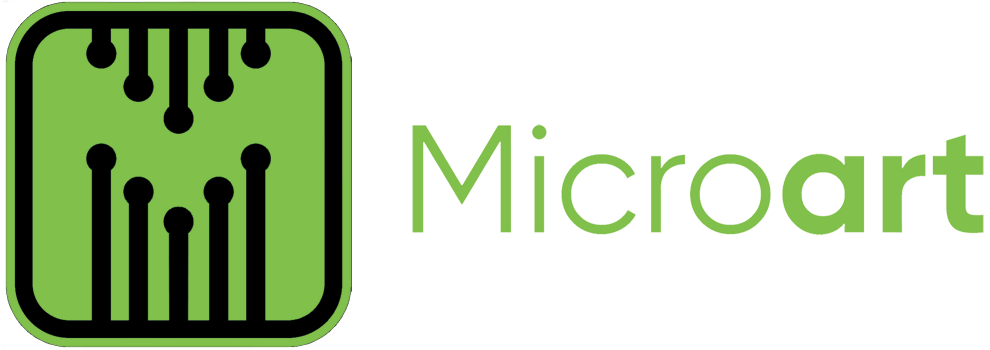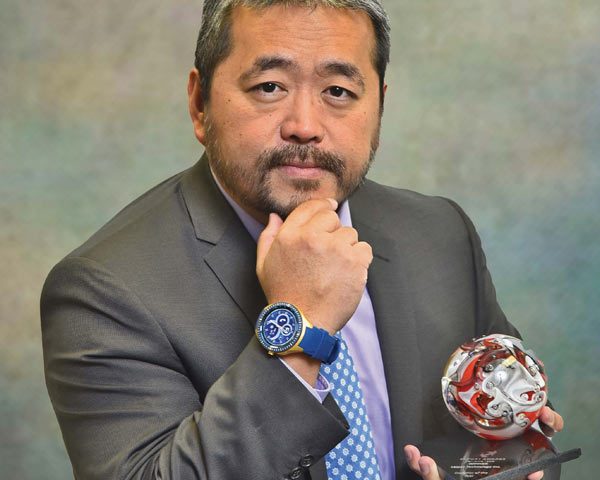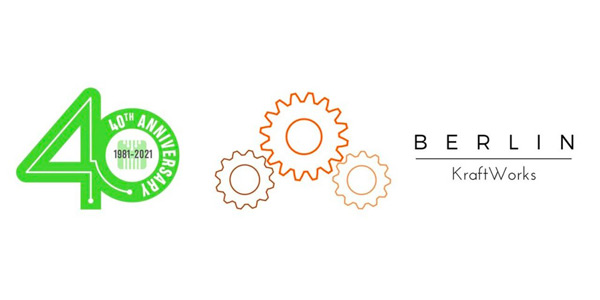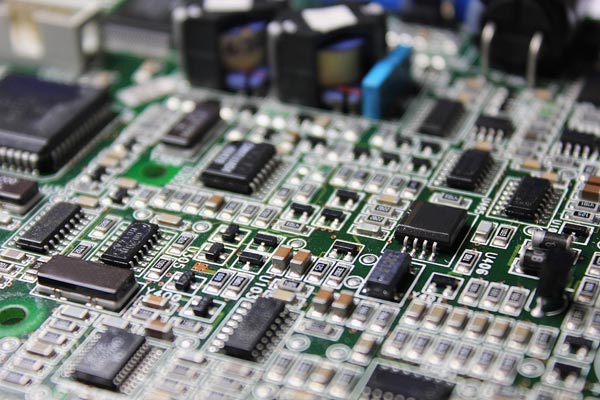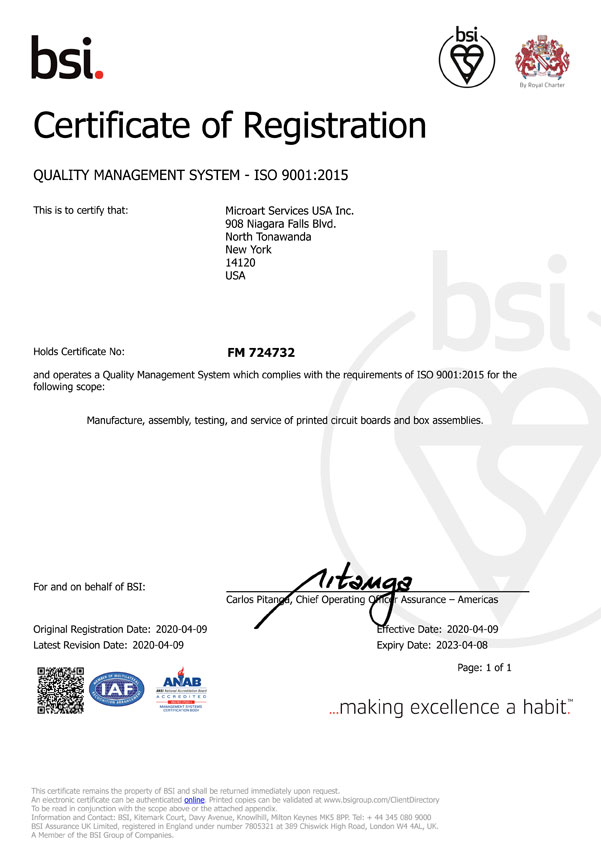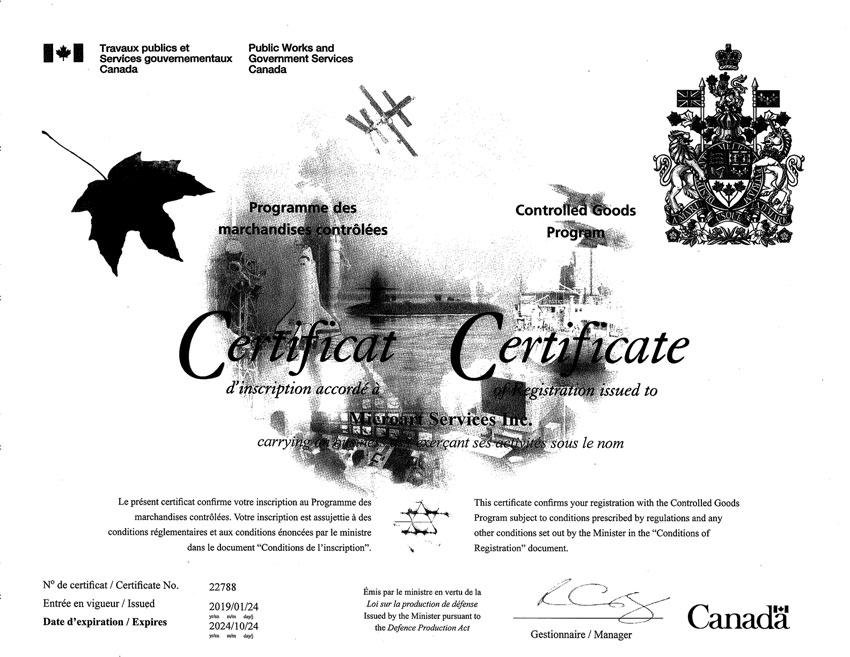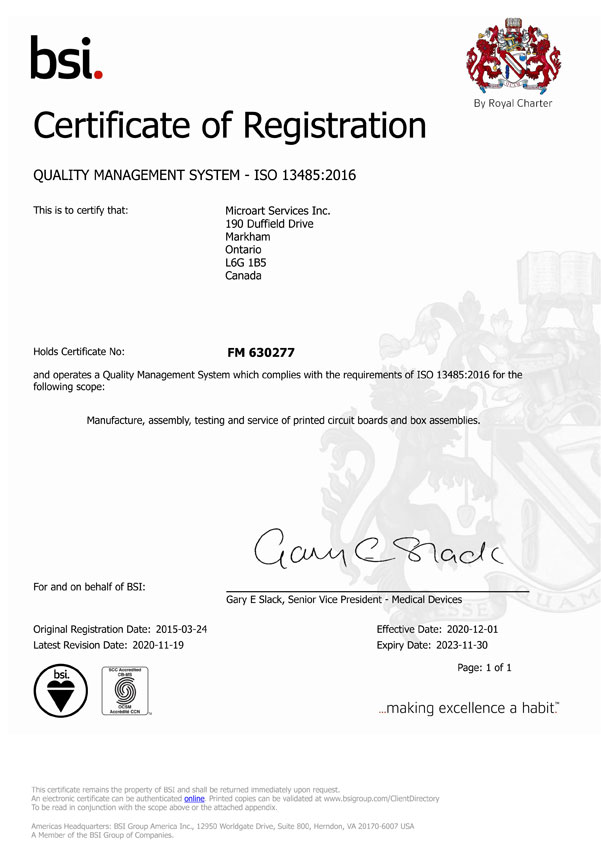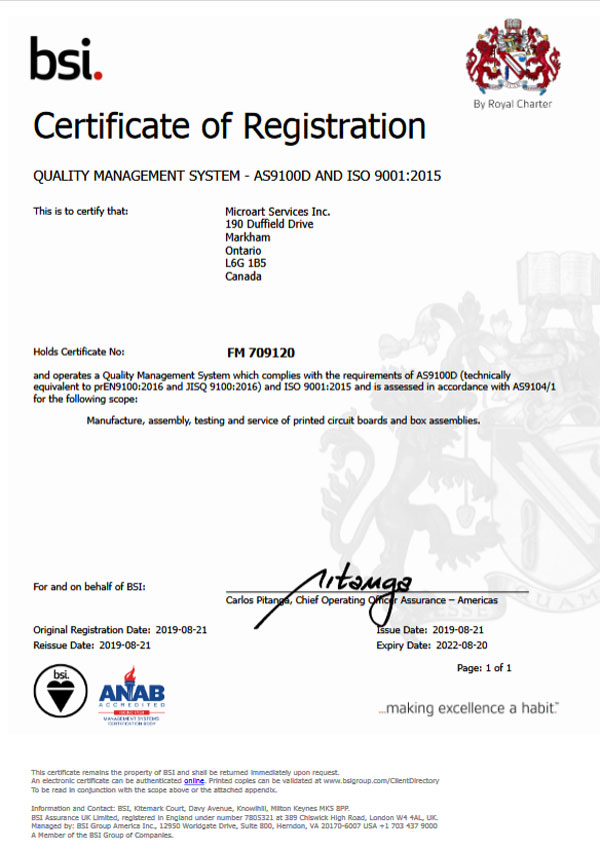Meet the Ontario Exporter of the Year

Six Canadian companies are finding success in the US
March 8, 2019
Microart Services completes AS9100D Certification
September 17, 2019Playing it smart: Meet the Ontario Exporter of the Year
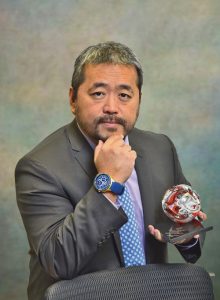 Laipac Technology Inc. is taking on the world with innovative electronic products that are proving Canada is a player in the growing smart tech space.
Laipac Technology Inc. is taking on the world with innovative electronic products that are proving Canada is a player in the growing smart tech space.
Indeed, Laipac earned the 2018 Ontario Exporter of the Year Award for designing and marketing its leading Internet of Things (IoT) connected electronic products for consumer, business and government markets in more than 100 countries.
“Ontario companies are proving you can take on the world and win. This year’s export award winners each share incredible international success stories and are models for others to emulate,” said Jeff Brownlee, publisher, Canadian Manufacturing.com and PLANT Magazine, which hosted the award in November.
Winners and finalists represent a wide range of players in Ontario’s economy, including transportation equipment and services, to consumer products, food, beverage and agriculture, and manufacturing and resources.
In addition to the overall Exporter of the Year Award, Laipac won the consumer category for exports of its smart watch. And the honours have continued.
Additional recognition came from Richmond Hill, which honoured the company as its Innovator of the Year. And in February, Laipac will receive a German Design Award for Outstanding Design Quality for its Look Standalone Smartwatch Project.
What’s the source of all this enthusiasm? Laipac’s product line includes GPS locator devices to track assets, vehicles and people. Chief among these consumer products is Laipac’s Look, a “smarter” watch that combines safety and security features for the user. It comes with GPS and an integrated SOS button that allows the wearer to phone a pre-set emergency number. Wi-Fi connectivity and motion sensors detect falls and there’s a push-to-talk button. This sleek, waterproof watch that comes in six colour combinations monitors and records blood pressure, temperature, heart rate and glucose levels over time, and reminds the wearer to take medications. And it’s said to have “amazing” stereo sound. Look II, the newest version of the watch also features a video camera. In Canada, the retail price for all that functionality is $249.
The company’s story begins in Argentina where Diego Lai, following his graduation from the Institute of Technology of Buenos Aires with an electrical engineering degree, was invited to the Canadian embassy late in 1997. Canada was looking for help with its Y2K problem at the time. Lai, who is CEO of the company, and his wife Maria Pacini, Laipac’s co-founder and CIO, were looking for a more stable place than Argentina to do business and raise their daughter Lisa (who is now the company’s executive assistant and user interface designer). They came north in 1999 and together started Laipac Technology with $10,000 in the bank.
“We started at home, then rented a small office in Richmond Hill, Lai says. “At that time I only could understand about 20% English. I thought, maybe I could go to a trade show in South America where I could speak Spanish. I also speak a little Portuguese. So I went to Brazil with an Ontario delegation to Telexpo. I was lucky.”
There he discussed a project for a Call ID phone display with Siemens and landed the business. Other trade shows followed in South Africa, India, Turkey, Germany, Spain, Argentina, Peru and Mexico.
“I thought it was a good way for people to know us. I’m a technical guy and I like to discuss with customers’ their technical issues and how I could solve their problems. Often they were surprised. We put ourselves in their shoes. I think that’s pretty important,” Lai says.
Diversified markets
What’s the key to Laipac’s success? Internet of Things. Extensive product development incorporating an IoT platform has blasted the company into the stratosphere. The firm has gained a foothold in consumer electronics, law enforcement, healthcare, trucking, construction, banking and now even agriculture. It’s this diversity of markets that gives the company a strong foundation in sales.
For example, Lola, a personal locator bracelet equipped with a geofence feature that issues alerts when the wearer ventures past an allocated area, sells into law enforcement and healthcare markets. Intended for keeping offenders under house arrest, Lola has other applications. A perpetrator with a restraining order wears one, as does the person who took out the order. If they come too close to each other, an alert goes off on both devices advising the perpetrator to back off while the other person is warned of the danger nearby. The device can also be used in nursing homes to keep track of Alzheimer patients. Lai has photos of former Russian President Medvedev checking out the Lola. Russia has placed an ongoing order for long-term care facilities as have Indonesia and Mexico.
Laipac’s reputation grew from identifying potential market segments for its products. For example, the UK and Germany have Lone Worker laws requiring safety protection for people working alone in potentially dangerous situations. A geologist working solo in the field, for example, could fall. Wearing Laipac’s Look smart watch with fall detection would alert help. Laipac has sold the watches to the oil and gas industry in Norway and Australia. Lai suggests North America is not far from implementing similar laws and anticipates sales of the safety smart watch will soon increase.
Through word of mouth, Laipac landed a contract to supply Airbus Defence and Space with the Starfinder Lite. That’s a compact, real-time vehicle-tracking device that provides the time and position of mobile assets. Pemex, Mexico’s state-owned petroleum company, has a recurring order of 200 to 300 Starfinder Lites to track its oil truck fleet. Riyad Bank and the National Commercial Bank, two of Saudi Arabia’s largest financial institutions, incorporate the Starfinder Lite in their ATM machines. An embedded geolocator will tell the banks if a machine has been lifted out of its geofence and help locate it. Laipac has sold 4,500 of these devices to Saudi Arabia.
Lai has only good things to say about how the Ontario government helped the family’s company gain a foothold in the electronic product market. Laipac was encouraged to seek business through Ontario trade show delegations. Support also came from the federal agency Export Development Corp. (EDC) in the early days.
In 2005 Laipac received a $12 million order from Hyundai and Kia in South America to deliver many units of the earlier version of Starfinder. “At that time we didn’t have enough cash to manufacture due to the terms of payment. We might have had to wait 45 days or more. For a small company, that’s a big risk,” he says.
“TD Canada brought in EDC, which helped us with pre-shipment financing. They covered from 75% to 90% of the project as a loan. TD Canada also provided a 25% loan,” Lai says. “We needed it only for the first order, after that we were fine.” Without that help, he says it’s unlikely they would have succeeded.
It may come as a surprise that Ontario’s Exporter of the Year 2018 has not manufactured the firm’s advanced IoT products in Canada for some time. But that’s about to change. As of December, Laipac has moved the manufacture of its Lola enforcer bracelet and Starfinder Lite device from China to Microart Services Inc., an electronic manufacturing and design services company based in Markham, Ont. “If the price and cost was right I would be producing in Canada 100%,” Lai says.
Reasons for the change include escalating labour costs in China, a decreasing Canadian loonie relative to the US dollar, worldwide positive recognition of products made in Canada, and the threat of a 25% tariff in China.
The company’s focus is on what it does best: designing new products, finding solutions for customers, research and development, marketing, sales and support. Some products are shipped from its 9,000 square-foot facility in Richmond Hill, Ont. where there are 20 employees. Two more people work in Laipac’s Taiwan location. There’s also a business development manager in Mexico.
Mark Wood, CEO of Microart Services, says his company has grown 16% per year compounded over the past few years. “This year we expect our growth to be 22%,” he told PLANT during a tour of the firm’s 42,000 square-foot plant in Markham. Microart employs 265 people. To what does Wood attribute that explosive growth? Products like Laipac’s and the Internet of Things.
“There are more and more products everyday that we are building. Non-traditional customers who, maybe five or 10 years ago didn’t have any printed circuit boards in their product, now – because of data acquisition – are forced to add printed circuit boards to acquire that data,” Wood says. An example? “Water pumps. Traditionally these were strictly mechanical. But now they require circuit boards to monitor the efficiency of the pump itself.”
It’s a whole new ball game, Wood says. “People have no idea where it’s going. It’s just getting started.”
Printed circuit boards
Microart makes a diverse selection of products for more than 150 clients – everything from an airplane cockpit to automatic paintball guns for leisure sports halls. Medical devices is a growing sector for Microart as the company adds electronic circuit boards to devices that monitor heart rate or blood glucose over time. Sensing devices also monitor whether or not a person is dehydrated.
Wood sees electronics manufacturing growing because many companies like Laipac prefer to specialize in product design and provide electronics solutions for their customers. “It’s an emerging trend,” he says.
Lai estimates the private company he co-owns with his wife Maria invests 30% of the annual budget in R&D, and the payoff is worthwhile.
Laipac is currently working on an application for cattle breeders. Using a heat sensor monitor on a female cow helps determine the optimum time for artificial insemination. That could improve the cattle breeder’s success rate from the current 45% to 90%.
The company recently patented a Dynamic Crowd Assistance device designed to help prevent stampedes in public places. The project involved folks at Ryerson University, aided by the Ontario Centres of Excellence.
Laipac is certainly taking on the world. The more than 100 countries and regions it exports to include Russia, Indonesia, much of Europe, Turkey, Taiwan, Saudi Arabia, Algeria, South Africa, South Pacific, Asia Pacific, Australia, China, all of South America, Mexico and the US.
Other manufacturers can do the same and Lai encourages them to consider expanding their businesses by exporting. “Don’t fear. Canada is a great place for exports. Everything is in place here. There are many kinds of assistance. Go out and sell. Talk to people to learn. Canadian companies should export much more. The human capital here is great. Canada has a very good image.”
And Laipac is adding some shine to that image.
Published Plant Magazine May 16 2019
